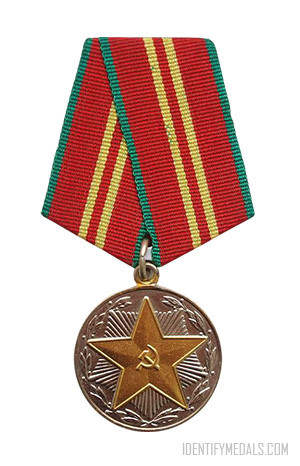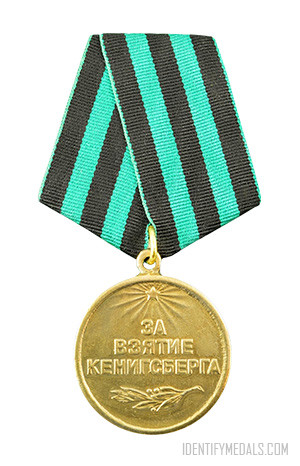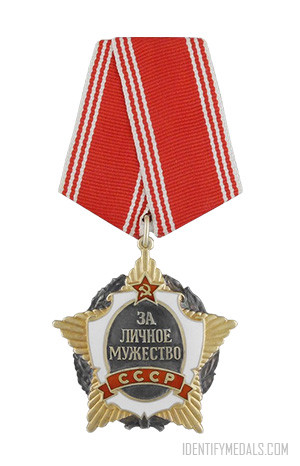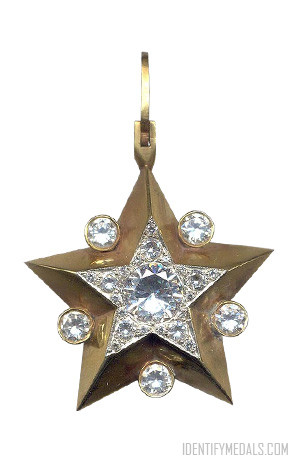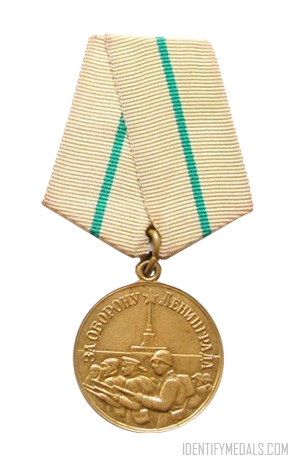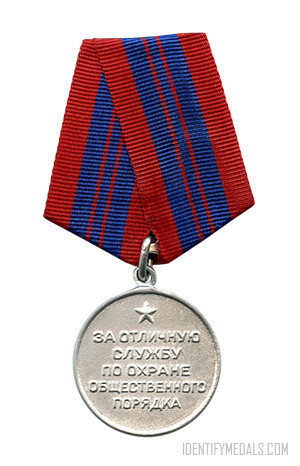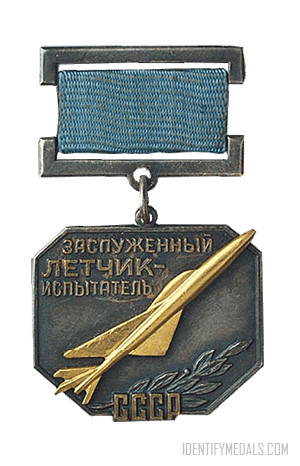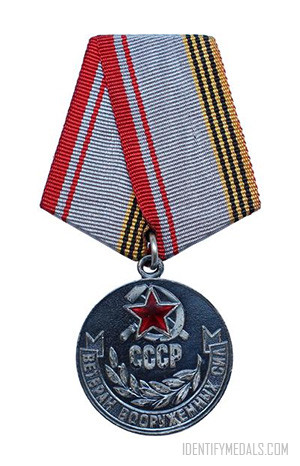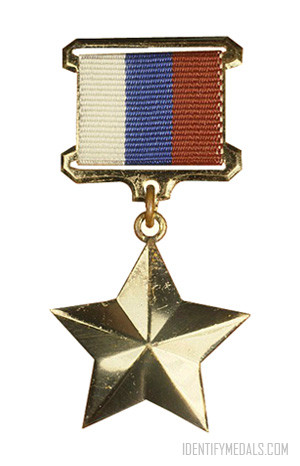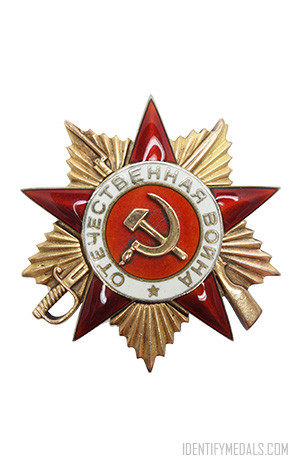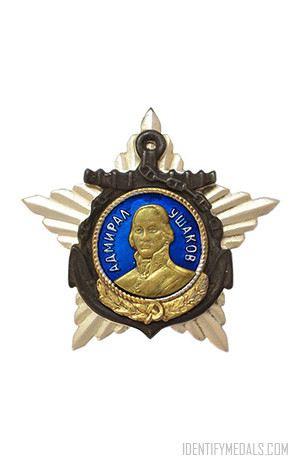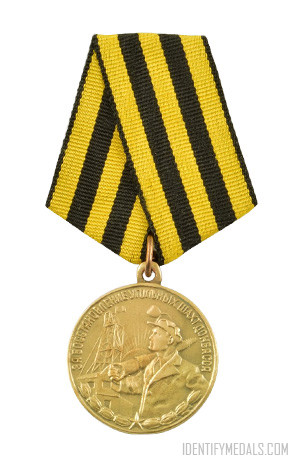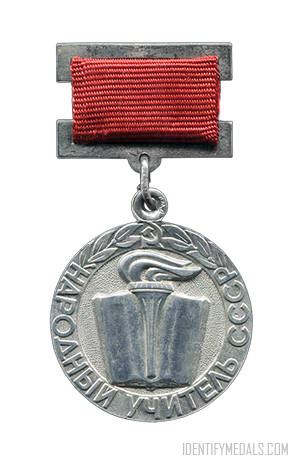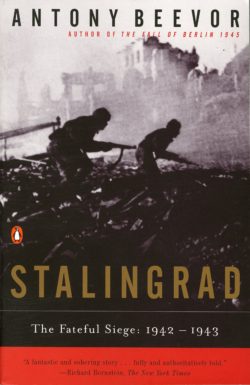- Time Period: Post-WW2
- Year of Institution: 25 January 1958
- Country: Russia & USSR
The Medal for Impeccable Service (or Медаль «За безупречную службу», Medal «Za bezuprechnuju sluzhbu» in Russian) was established on 25 January 1958 by decree of the Presidium of the Supreme Soviet of the USSR and awarded for long service of excellent military service.
The Soviet military award was given to deserving members of the military personnel of the armed forces of the USSR, of the Interior Ministry of the USSR and of the Ministry for the Protection of Public Order of the USSR, to recognize ten, fifteen and twenty years of faithful and impeccable service to the state.
Prior to the establishment of the Medal “For Impeccable Service“, existing state Orders meant for feats of valor or for extraordinary services to the state were conferred to military personnel for long service. An Order of Lenin for twenty-five years of service, the Order of the Red Banner for twenty, the Order of the Red Star for fifteen, hundreds of thousands of such awards seriously devaluated the awards of the same Orders earned for their original criteria.
The intent to encourage the establishment of a ministerial/departmental level medal “For Impeccable Service” emphasized the then devaluation of certain Soviet high military Orders used as long service awards instead of their originally intended criteria.
The medal was established in three classes. The first class was awarded for twenty years of excellent service, the second class for fifteen, and the third class for ten.
The Medal for Impeccable Service Design
The medal is circular, struck in silver or silver-plated brass, and measures 32 millimeters in diameter. It has a raised rim on both sides. The first-class medal was initially struck from silver but after 1965 it changed to silver-plated brass. The central star on its obverse was enameled in red. The second-class medal from its inception was also constructed from silver-plated brass, with the exception of the central star on its obverse (which was left bare). The third-class medal was always struck from solid brass.
On the obverse at the center, the relief outline of a large five-pointed star with the hammer and sickle at its center, between the arms, rays radiating at an obtuse angle forming a point. Along the circumference of the medal, passing between the raised rim and the points of the star, a laurel wreath. This design was common to all three services bestowing it, Defence, Interior, and the KGB, the only exception being the second variant of the medal bestowed by the KGB, which bore the Roman numerals “XX”, “XV” or “X” in the lower part of the obverse, between the lower rays of the star.
On the reverse, the circular relief inscription along the upper medal circumference, «ВООРУЖЕННЫЕ СИЛЫ» (“ARMED FORCES”), at the bottom, the inscription «СССР» (“USSR”). In the center, the relief inscription on four lines «ЗА (10, 15, 20) ЛЕТ БЕЗУПРЕЧНОЙ СЛУЖБЫ» (“FOR (10, 15 or 20) YEARS OF IMPECCABLE SERVICE”) over a small five-pointed star. On the reverse of the Interior Ministry medal the inscription reads «МВД СССР» (“MVD USSR”). On the reverse of the Ministry for the Protection of Public Order medal, it’s «МООП» (“MOOP”). There are other lower reverse inscriptions from multiple variants of various Soviet republics, including «МВД БССР», «МВД УССР», «МВД КАЗ», «МООП РСФСР», «МООП БССР», and «МООП ГССР».
The medal was secured by a ring through the medal suspension loop to a standard Soviet pentagonal mount covered by a 24-millimeter-wide red silk moiré ribbon with 2-millimeter-wide green edge stripes. The ribbon for the medal 1st class had a single 2-millimeter-wide central yellow stripe; the ribbon for the medal 2nd class and two 2-millimeter-wide central yellow stripes 2 mm apart; the ribbon for the medal 3rd class had three 2-millimeter-wide central yellow stripes 2 mm apart.

